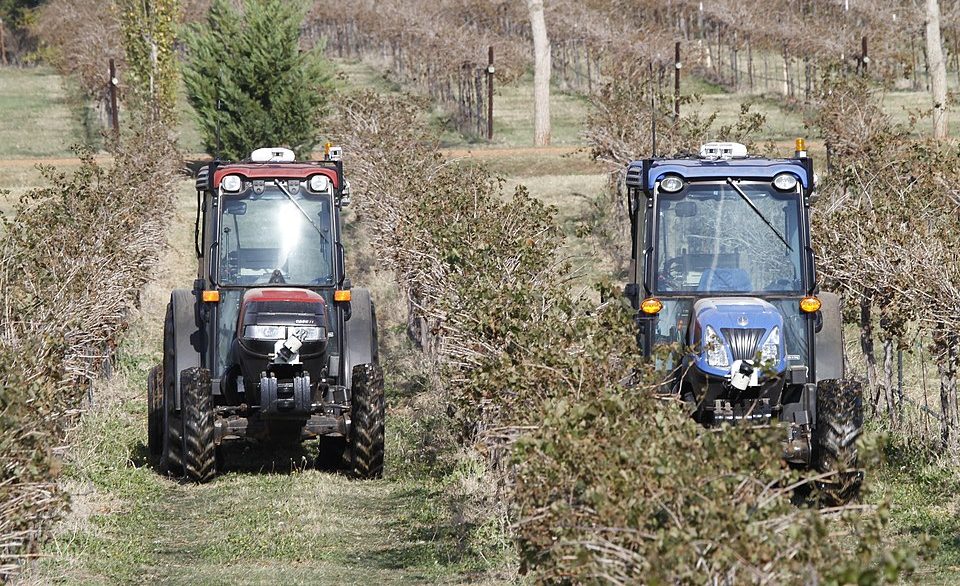California farmers are hoping that long overdue regulatory reforms will finally allow them to use autonomous tractors on their operations. A recent Morning Ag Clips article explains why growers in one of the most technologically advanced states in the country still cannot legally operate driverless field equipment, even though far more dangerous autonomous cars are allowed to navigate public streets every day.
Outdated Rules Are Holding Back Innovation
A regulation from 1977 remains the primary barrier to autonomy on California farms. The rule states that all self propelled equipment must have an operator at the controls whenever the machine is in motion. The Morning Ag Clips article notes that this requirement has effectively blocked the use of autonomous tractors, sprayers, and other equipment across the state. It explains that despite California being home to many of the companies building these technologies, farmers cannot legally deploy them under the current rule.
Meanwhile, autonomous vehicles travel through California cities with far greater exposure to pedestrians and traffic. The contrast frustrates growers who point out that fields and orchards offer a controlled environment with lower risk and more oversight. The outdated farm rule exists from a time when the idea of autonomy was science fiction, yet it still dictates what today’s farmers are allowed to do.
What Autonomy Could Mean for Farmers
The potential benefits for California agriculture are significant. Many growers struggle to find legal, reliable labor during peak seasons. For fruit, nut, and vegetable farms the labor shortage has become a critical bottleneck. Autonomous equipment would not replace an abundant labor pool. Instead, it would help fill a gap that continues to widen each year.
Safety is another major factor. The Morning Ag Clips article describes personal experiences from industry leaders who have been injured in tractor rollovers. Removing the operator from certain high risk machines could reduce those incidents and give farmers more peace of mind. Autonomy also brings new levels of precision to everyday fieldwork. Machines consistently follow the exact programmed instructions, which improves consistency and reduces costly mistakes.
Labor Concerns Remain
There are groups that worry autonomy could reduce jobs. The article mentions that some labor advocates fear both safety risks and the possibility of fewer employment opportunities in agriculture. These concerns are part of the regulatory debate. Growers counter by pointing out that they cannot even find enough labor now and that autonomy would allow existing workers to focus on higher value tasks. Instead of eliminating jobs, autonomy may help preserve farms that are struggling because they cannot staff essential operations.
Signs of Change
After years of pressure from farm groups and technology developers, the regulatory conversation finally shows progress. Cal OSHA issued a memo in 2024 that allows autonomous equipment to operate when no people are present, as long as certain conditions are met. This was a small but important step. The California Occupational Safety and Health Standards Board has also formed an advisory committee to review the rule and evaluate ways to modernize it.
The Morning Ag Clips article quotes one agricultural technology leader who believes that the regulations will change in the near future. Farmers are hopeful, but the current rule must still be officially revised before wide adoption can begin. Until then, many of the machines that could help solve California’s labor, safety, and productivity challenges remain sidelined.
Why This Matters
For farmers, autonomous equipment represents one of the most significant technological leaps since the adoption of GPS guidance. California growers have long been forced to watch other states move ahead while they remain stuck behind an old regulation. If this rule is finally updated, farms across the state will gain access to tools that reduce labor strain, improve safety, boost yields, and strengthen long term viability.
Tractor Tuesday will continue to follow these regulatory developments. California agriculture stands on the edge of an important transition. If state leaders modernize the rule, autonomy could become a real and practical asset to the farmers who need it most.


Leave a Reply